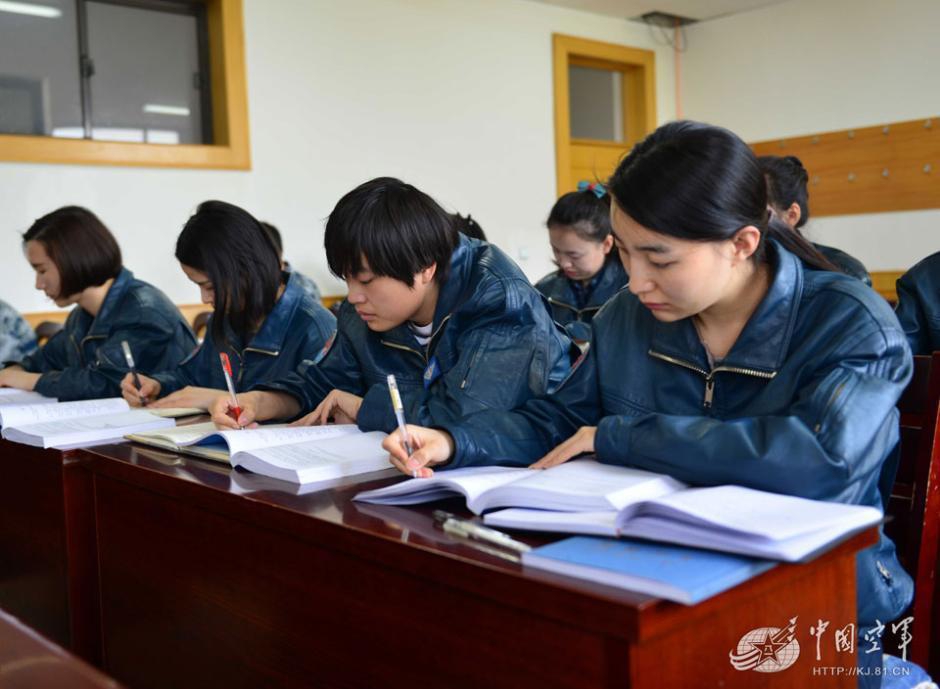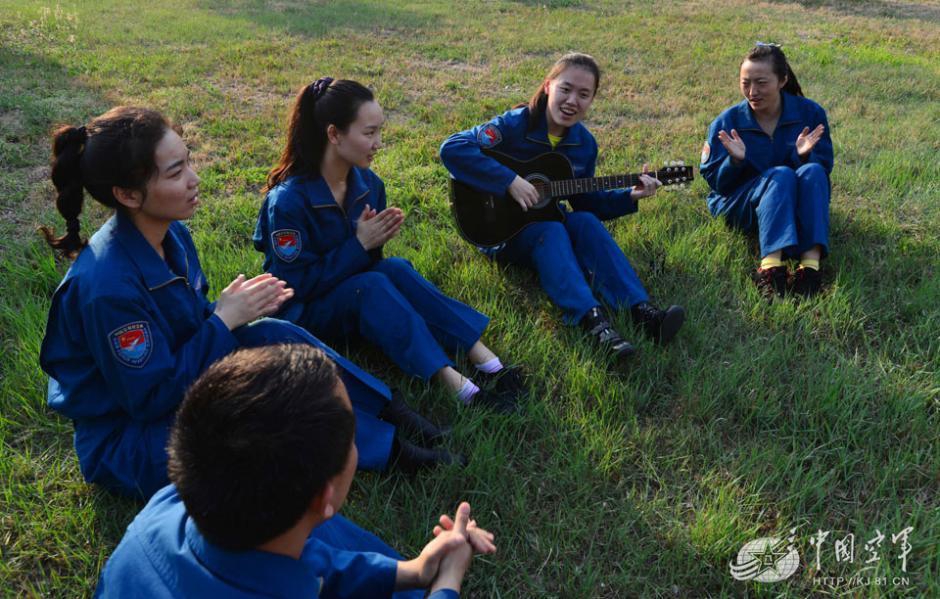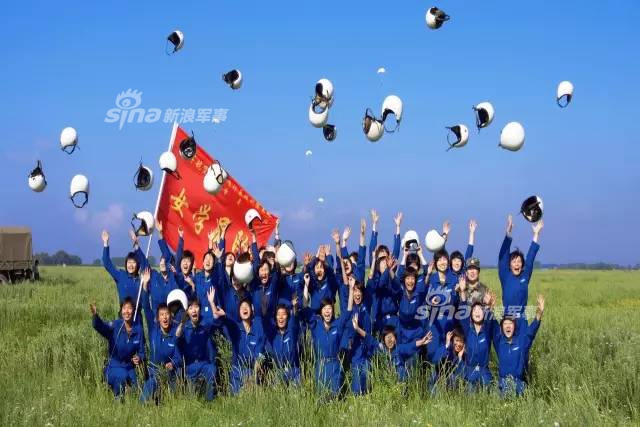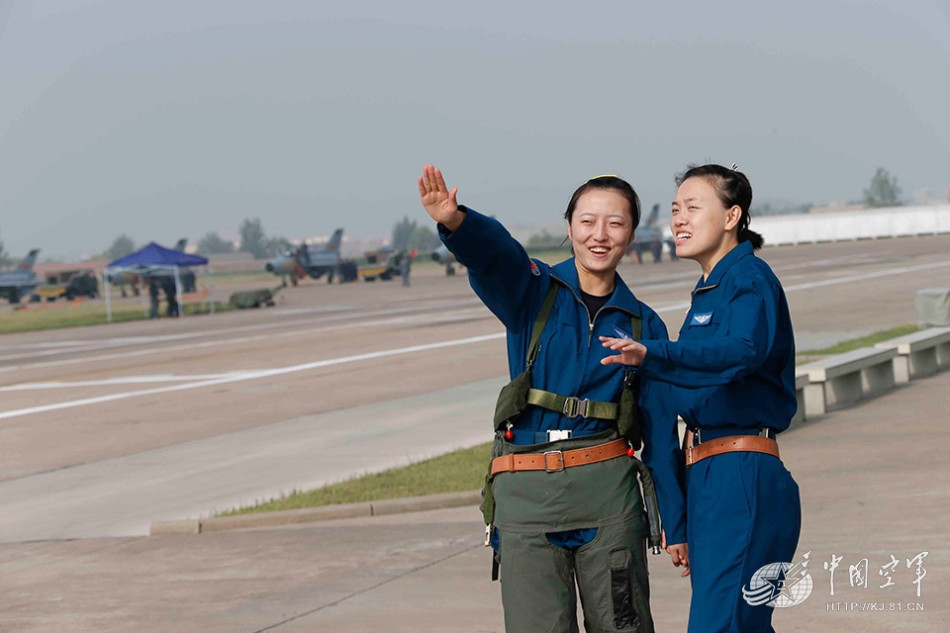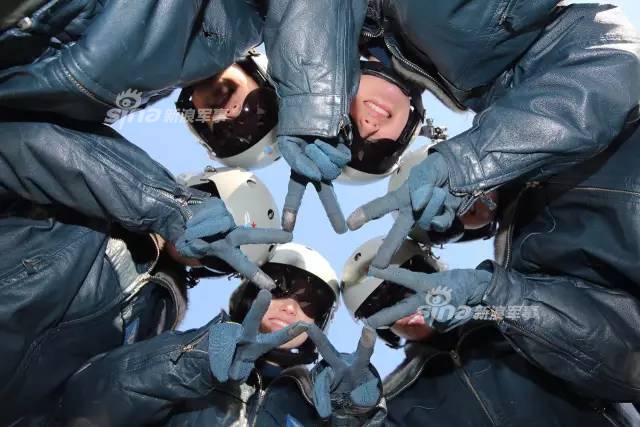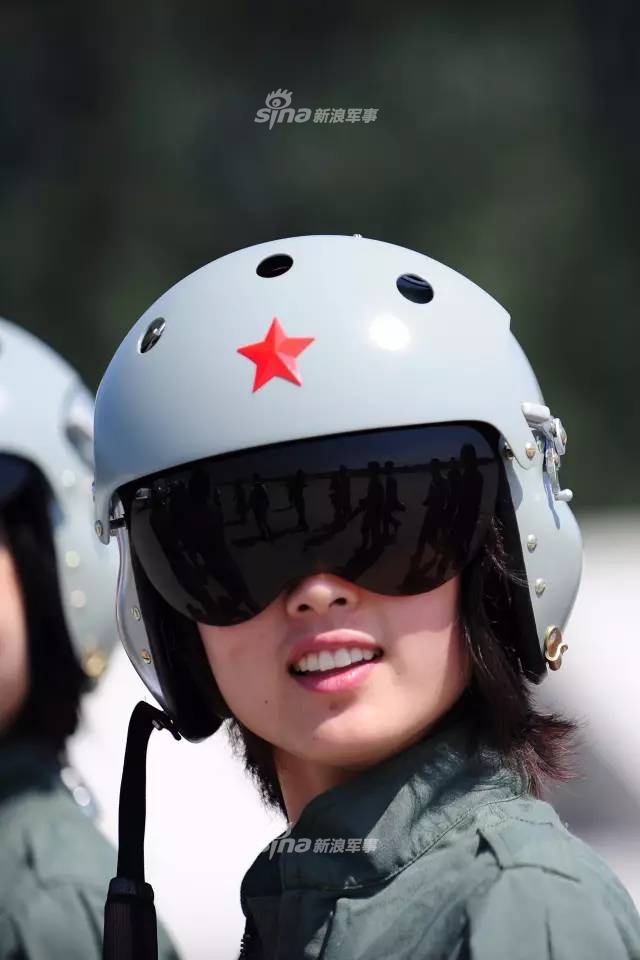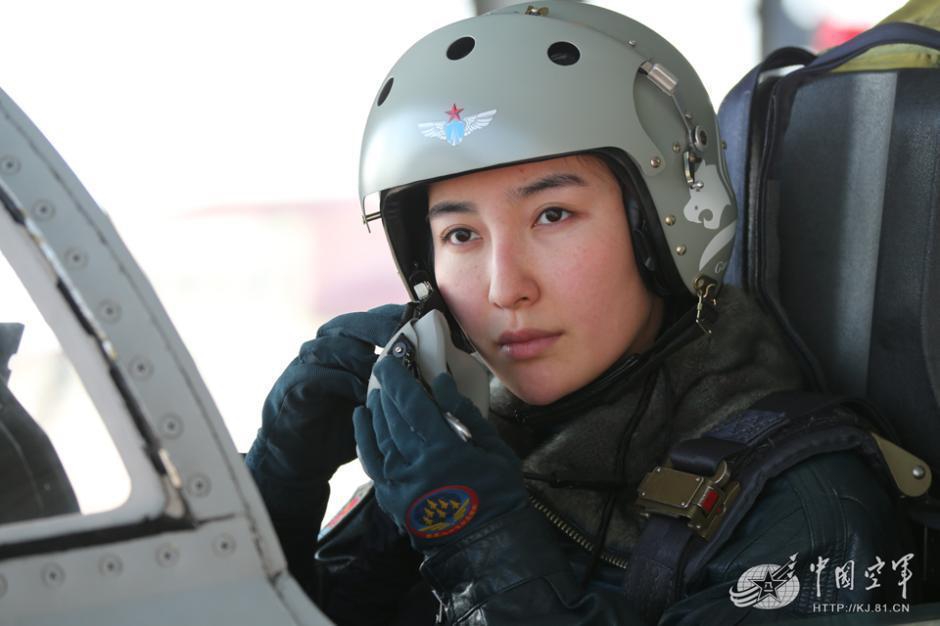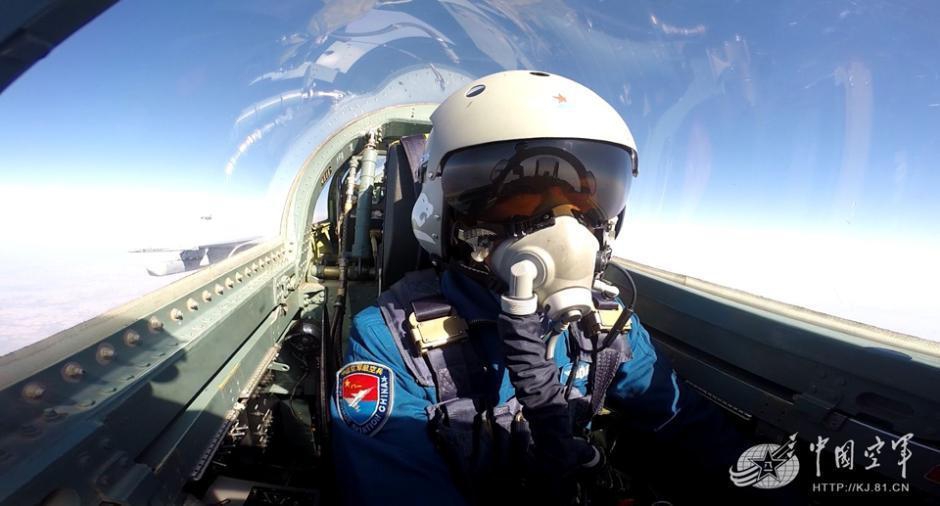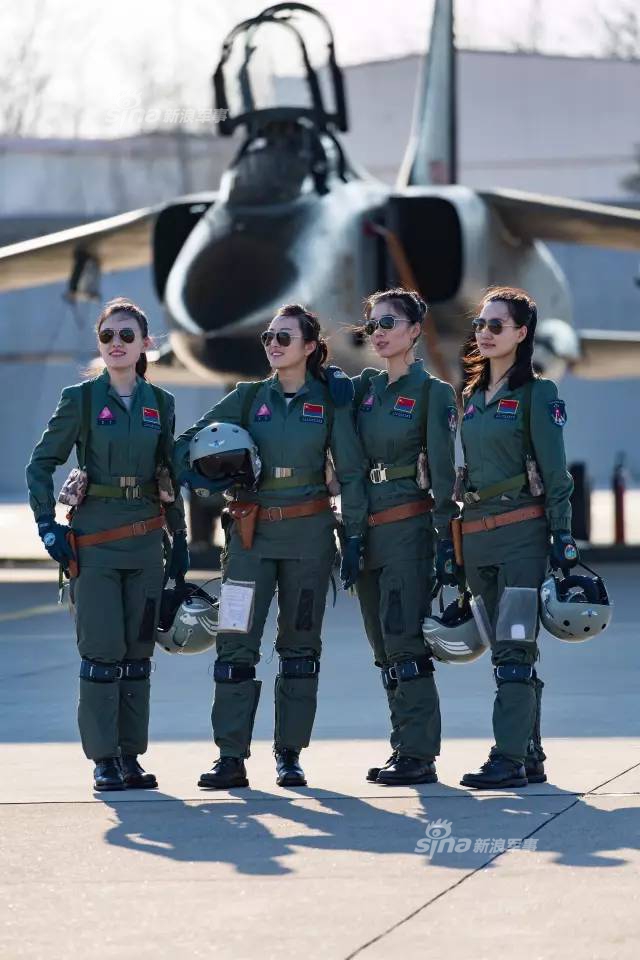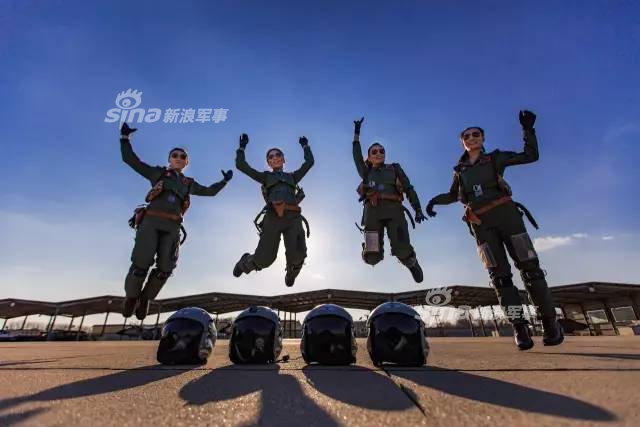You mean J-16 has higher parasitic drag than jh-7?
Lift-induced drag, aka induced drag, is inversely proportional to aspect ratio and wing area. The ideal formula for it is too long to write here, so I refer you to the last equation at
This is why gliders have huge wings for low induced drag at low speeds, where it is the dominating drag component.
Parasitic drag scales linearly with wetted area, which increases with increasing wing area. It also scales linearly with dynamic pressure (0.5rho*speed^2), which makes it larger than induced drag at higher speeds. In an ideal case,
Parasitic drag = dynamic pressure * wetted area * drag coefficient
see
Other than this mixup in terminology, I agree with your assessment and conclusions on the agility, low&fast flying properties and high speed range of the aircraft.

